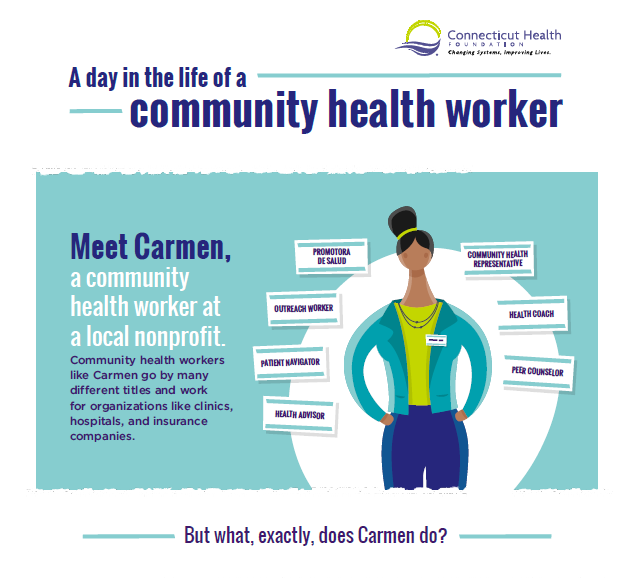Comparing Primary Care And Urgent Care: Deciding When To Access Each Solution
Content Produce By-Hermann Oliver When it pertains to your health and wellness, recognizing whether to go with primary care or immediate treatment can be important. Understanding the differences in between these two services and recognizing the certain scenarios where each lusters is important for making informed decisions concerning your clinical requirements. By grasping the subtleties of primary care and urgent care, you can browse the medical care landscape more effectively and ensure that you get the suitable degree of interest when seeking therapy.
Key Differences Between Primary Care and Urgent Care
Wondering how primary care varies from immediate treatment and when to select each? Let's break it down for you. Primary care concentrates on preventative care and managing overall wellness. You go to a medical care doctor for routine exams, vaccinations, testings, and recurring health issues. This sort of care establishes a long-term partnership with a healthcare provider who knows your case history and can guide you via numerous health and wellness problems. On the other hand, immediate treatment is for instant clinical requirements that develop suddenly. If you have a minor injury or health problem that requires prompt focus however isn't lethal, immediate care facilities are outfitted to manage it. They provide extended hours and walk-in appointments, making them hassle-free for abrupt health problems that can not await a medical care go to.
Elements to Consider Prior To Picking Treatment
Before making a decision between medical care and urgent treatment, consider examining the seriousness of your clinical concern and the necessity of treatment required. First, analyze mouse click the following article of your signs. If you're experiencing moderate signs and symptoms like a cold, rash, or small strain, medical care may appropriate. On the other hand, if you have severe symptoms such as upper body pain, trouble breathing, extreme allergies, or deep cuts calling for prompt focus, urgent treatment is likely more appropriate. Furthermore, consider the moment of day and day of the week. Primary care centers usually operate during regular business hours, while urgent care facilities frequently provide extended hours and weekend break availability. An additional aspect to consider is price. Immediate treatment check outs are commonly a lot more costly than health care brows through, so if cost is a concern, primary care might be the extra economical option.
Recognizing When to Look For Urgent Care
To figure out when to look for urgent care as opposed to primary care, examine the seriousness and urgency of your clinical problem, focusing on signs like breast pain, problem breathing, extreme allergies, or deep cuts that require immediate attention. If you experience sudden and extreme upper body discomfort, specifically if it radiates to your arm or jaw, it could show a cardiovascular disease, requiring urgent medical examination. Likewise, problem breathing, specifically if it begins unexpectedly or is accompanied by chest tightness or wheezing, might signify a significant breathing issue that needs prompt focus at an immediate care center. Extreme allergies, such as swelling of the face or throat, hives throughout the body, or trouble ingesting, might suggest anaphylaxis, a dangerous condition that demands prompt treatment. Deep cuts that are hemorrhaging a lot, gaping open, or exposing underlying tissue should be evaluated at urgent care to prevent infection and make sure correct injury closure. If you experience any of these signs and symptoms, looking for immediate care without delay is crucial for your health and wellness. http://www.mainehealth.org/maine-medical-center/education-research/medical-education/residency-programs/family-medicine-residency/alumni , understanding the distinction between medical care and immediate treatment is critical in guaranteeing you get the suitable degree of clinical interest for your needs. By considering aspects such as the intensity of signs, time constraints, and center availability, you can make an educated choice on whether to look for regular care from a primary care provider or prompt attention from an immediate care facility. Prioritizing your health and wellness and wellness begins with recognizing when to look for each service. 